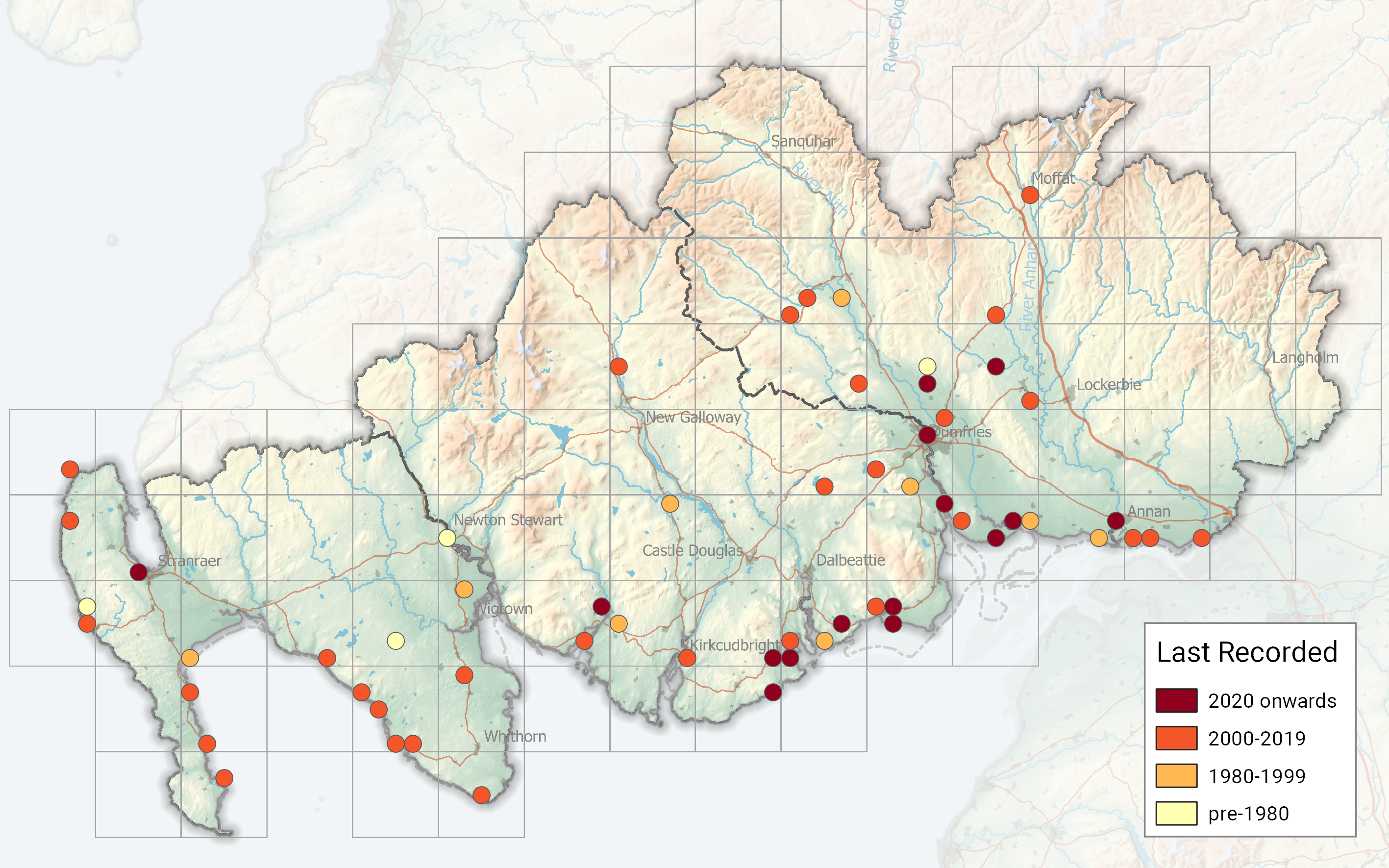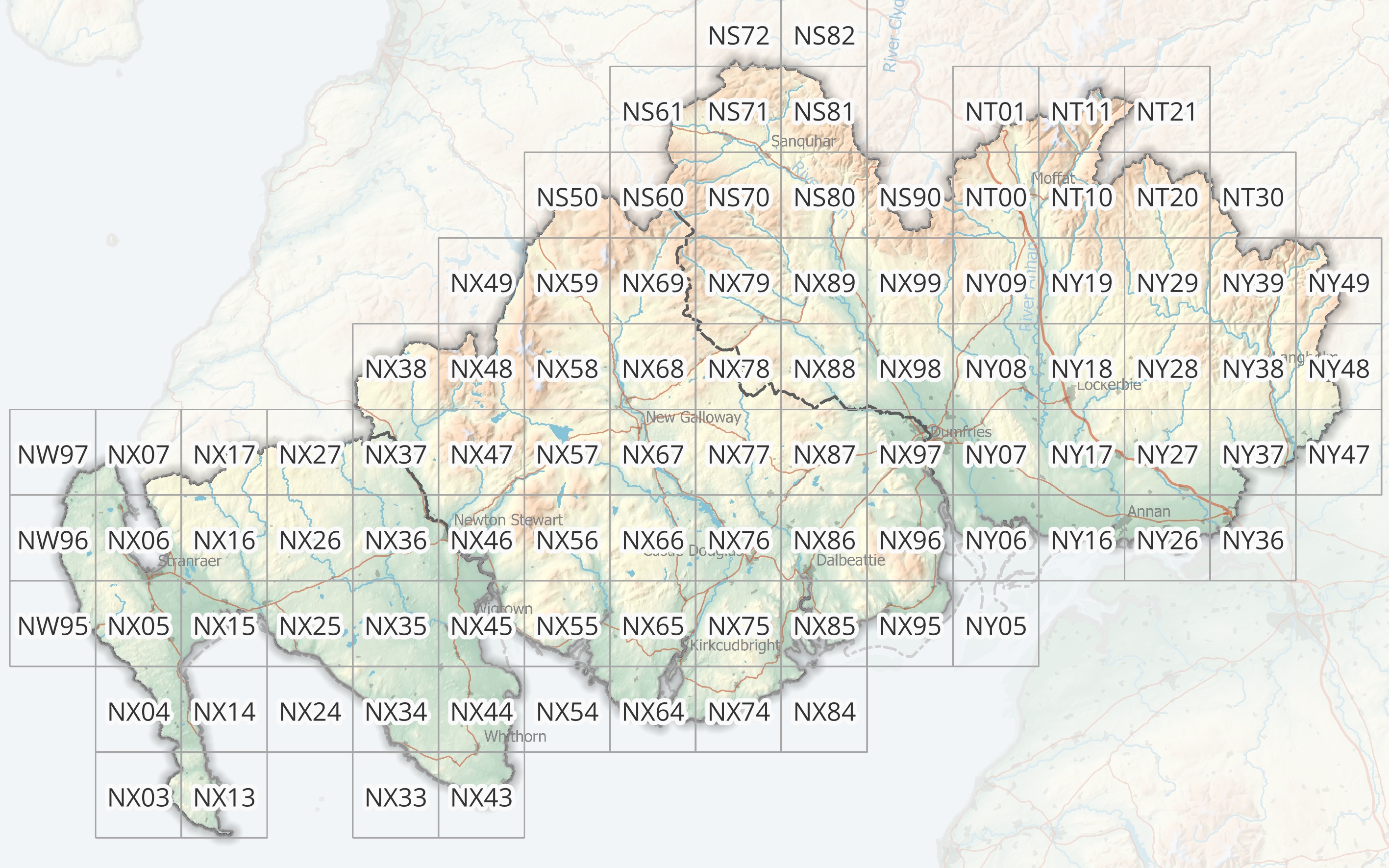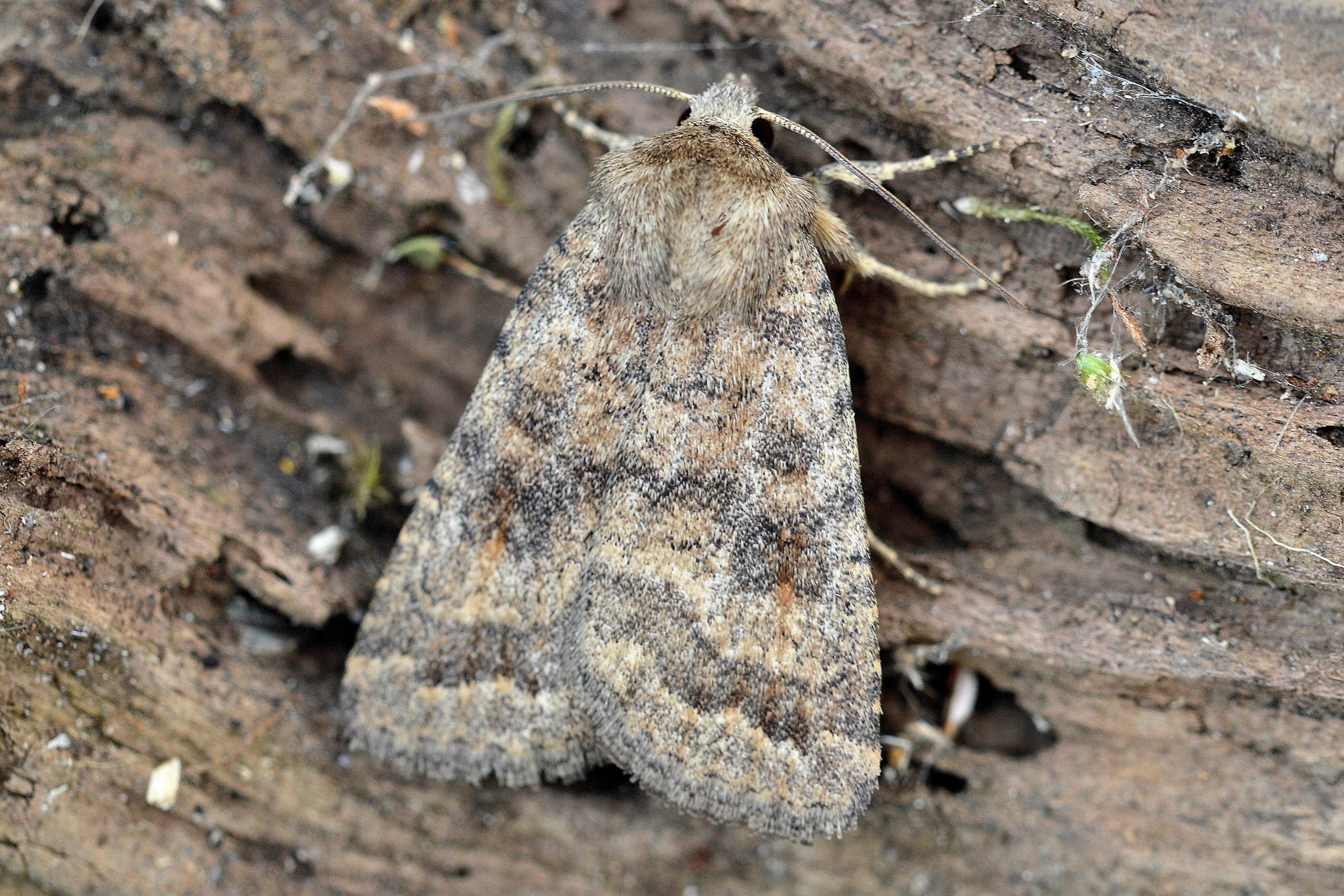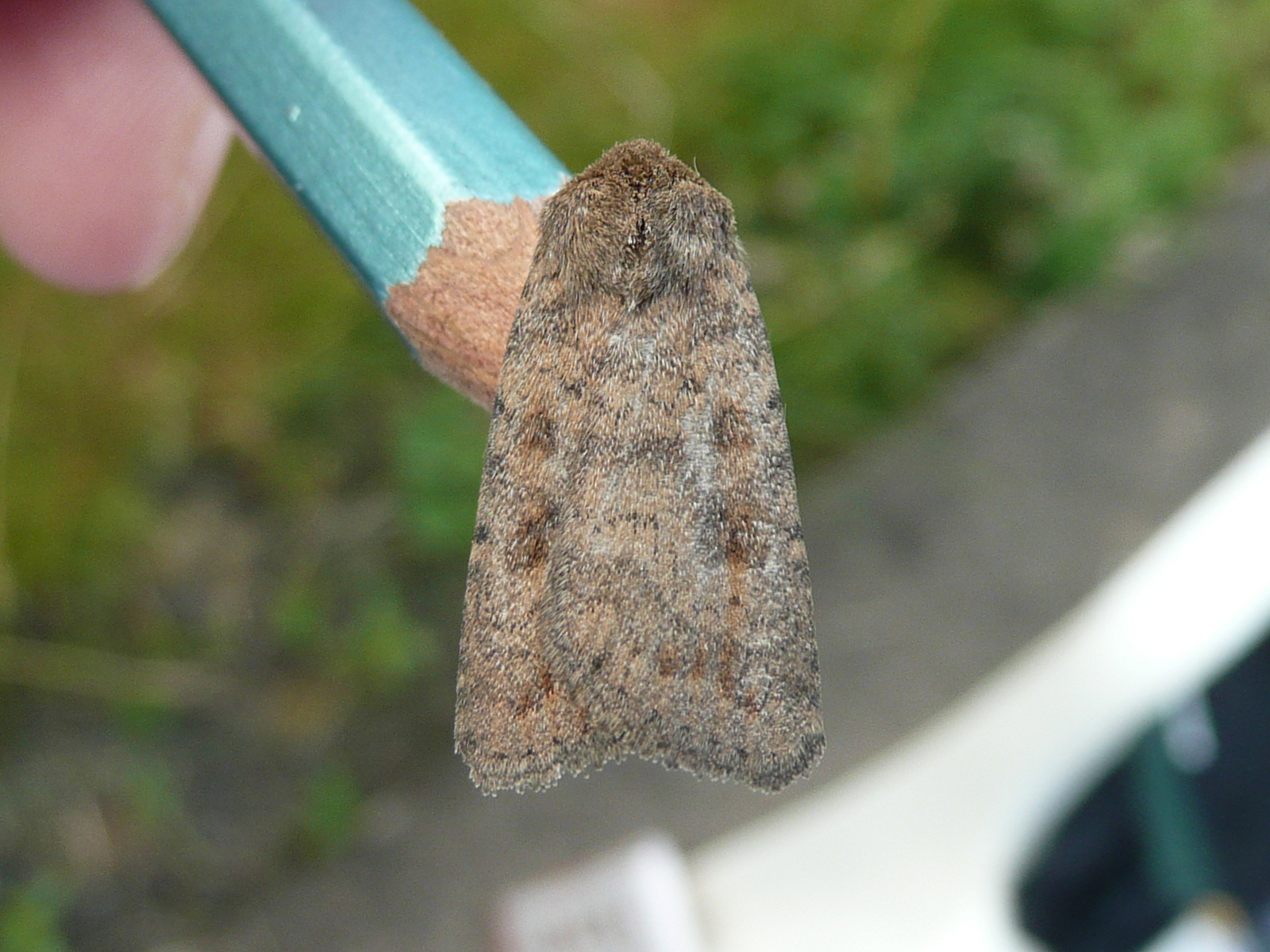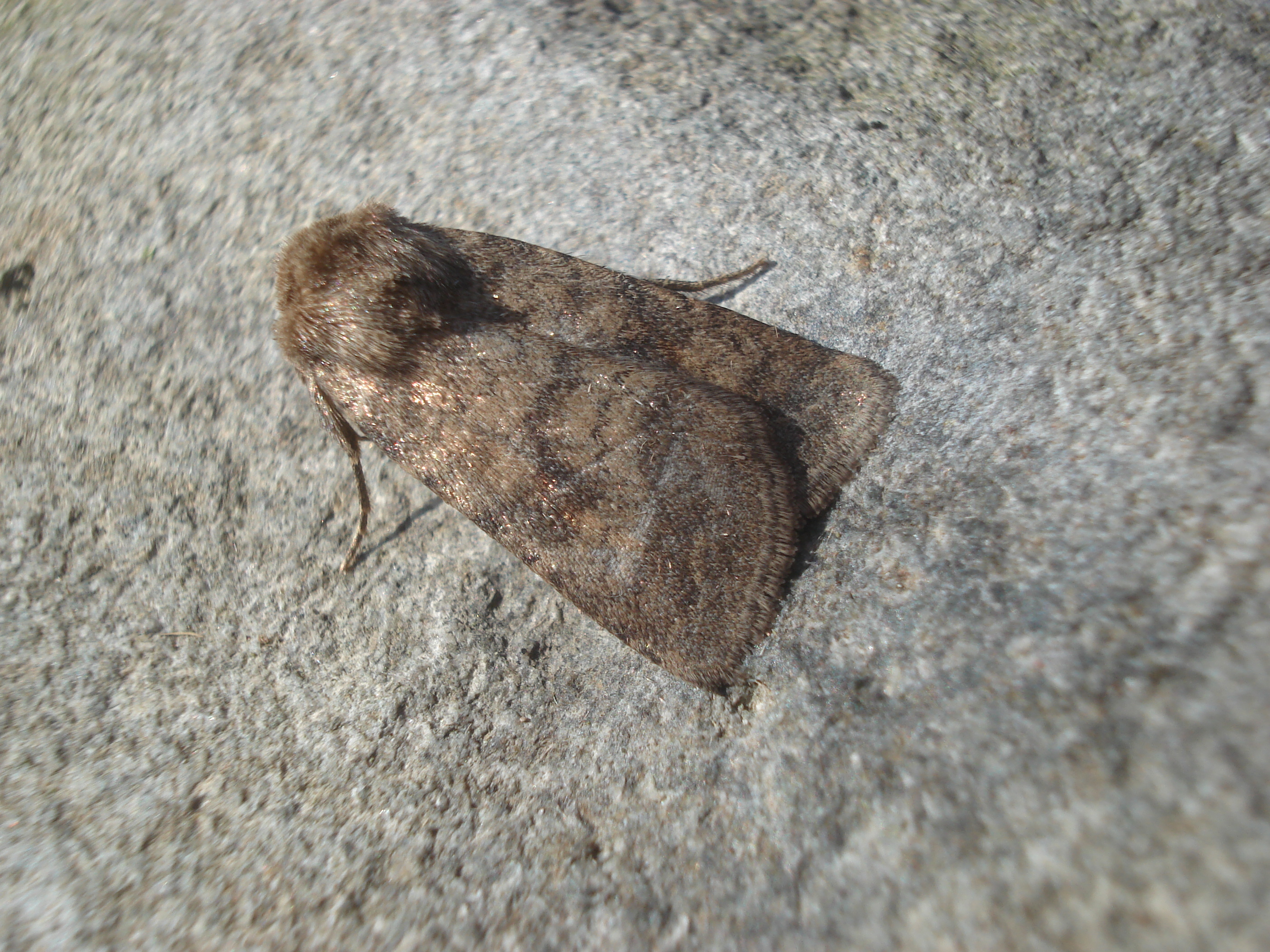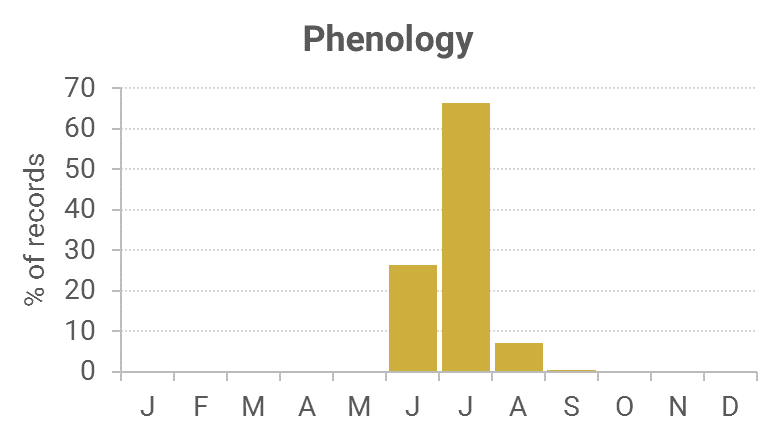Identification
The blurred kidney-mark and oval, with the whiter hindwing should help to identify it. Can resemble Uncertain and Rustic.
Recording Method.
Attracted to light, less so to sugar and flowers.
Life cycle
One generation. Overwinters as a fully grown larva in an underground cocoon, from which it pupates in the spring.
Larval foodplants
A wide range of herbaceous plants, including Common Nettle, docks, teasels and Hedge Bedstraw.
Habitat
Lowland areas and coastal sites.
History
K. J. Morton of Edinburgh (1900) whilst on a visit in July 1899 to Wigtownshire had found this species in the Monreith area. Gordon (1913) had found it rather scarce at sugar and garden, but that it appeared occasionally in sheds around Corsemalzie (VC74) during June. Earliest date was 23rd June 1899. William Evans received specimens from Mowat, the Killantringan lighthouse keeper during 1914 to aid his insect migration studies.
During 1976-87, five of the seven Rothamsted stations recorded sixty records between them, Bridge of Dee and Penninghame being the odd ones out. The remaining 160 records during 1993 to 2010 have mostly come from Kirkton and Mersehead RSPB, with a few from Forest Moor (VC74) and the Old Torr/Auchencairn area.

